The occult, in the broadest sense, is a category of supernatural beliefs and practices which generally fall outside the scope of religion and science, encompassing such phenomena involving otherworldly agency as mysticism, spirituality, and magic. It can also refer to supernatural ideas like extra-sensory perception and parapsychology.

The Office of Strategic Services (OSS) was a wartime intelligence agency of the United States during World War II, and a predecessor to the Department of State's Bureau of Intelligence and Research (INR) and the independent Central Intelligence Agency (CIA). The OSS was formed as an agency of the Joint Chiefs of Staff (JCS) to coordinate espionage activities behind enemy lines for all branches of the United States Armed Forces. Other OSS functions included the use of propaganda, subversion, and post-war planning. On December 14, 2016, the organization was collectively honored with a Congressional Gold Medal.
The Thule Society, originally the Studiengruppe für germanisches Altertum, was a German occultist and Völkisch group founded in Munich shortly after World War I, named after a mythical northern country in Greek legend. The society is notable chiefly as the organization that sponsored the Deutsche Arbeiterpartei, which was later reorganized by Adolf Hitler into the National Socialist German Workers' Party. According to Hitler biographer Ian Kershaw, the organization's "membership list ... reads like a Who's Who of early Nazi sympathizers and leading figures in Munich", including Rudolf Hess, Alfred Rosenberg, Hans Frank, Julius Lehmann, Gottfried Feder, Dietrich Eckart, and Karl Harrer.
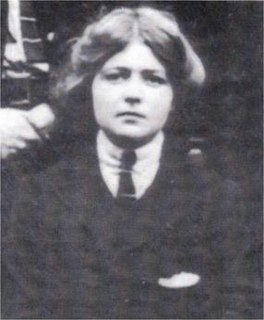
Dion Fortune was a British occultist, ceremonial magician, novelist and author. She was a co-founder of the Fraternity of the Inner Light, an occult organisation that promoted philosophies which she claimed had been taught to her by spiritual entities known as the Ascended Masters. A prolific writer, she produced a large number of articles and books on her occult ideas and also authored seven novels, several of which expound occult themes.

Prince George, Duke of Kent, was a member of the British royal family, the fourth son of King George V and Queen Mary. He was a younger brother of Edward VIII and George VI.
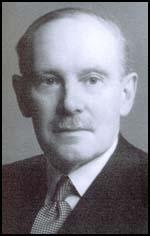
Major General Sir Stewart Graham Menzies, was Chief of MI6, the British Secret Intelligence Service (SIS), from 1939 to 1952, during and after the Second World War.
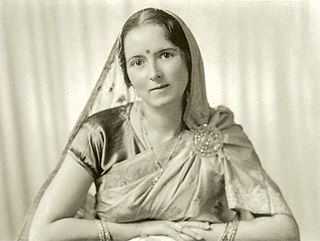
Savitri Devi Mukherji was a French-born fascist of Greek descent, Nazi sympathizer, and spy who served the Axis powers by committing acts of espionage against the Allied forces in India. She was later a leading member of the Neo-Nazi underground during the 1960s.

Dennis Yeats Wheatley was an English writer whose prolific output of thrillers and occult novels made him one of the world's best-selling authors from the 1930s through the 1960s. His Gregory Sallust series was one of the main inspirations for Ian Fleming's James Bond stories.
The association of Nazism with occultism occurs in a wide range of theories, speculation and research into the origins of Nazism and into Nazism's possible relationship with various occult traditions. Such ideas have flourished as a part of popular culture since at least the early 1940s, and gained renewed popularity starting in the 1960s. Books on the topic include The Morning of the Magicians (1960) and The Spear of Destiny (1972). Nazism and occultism have also been featured in numerous documentaries, films, novels, comic books, and other fictional media. Typical examples include the film Raiders of the Lost Ark (1981), the Wolfenstein video game series, and the comic-book series Hellboy.

Erik Jan Hanussen, born Hermann Steinschneider, was an Austrian Jewish publicist, charlatan and clairvoyant performer. Acclaimed in his lifetime as a hypnotist, mentalist, occultist and astrologer, Hanussen was active in Weimar Republic Germany and also at the beginning of Nazi Germany. He is said to have instructed Adolf Hitler in performance and the achievement of dramatic effect.

The New Forest coven were an alleged group of witches who met around the area of the New Forest in southern England during the early 20th century. According to his own claims, in September 1939, a British occultist named Gerald Gardner was initiated into the coven and subsequently used its beliefs and practices as a basis from which he formed the tradition of Gardnerian Wicca. Gardner described some of his experiences with the coven in his published books Witchcraft Today (1954) and The Meaning of Witchcraft (1959) although on the whole revealed little about it, saying he was respecting the privacy of its members. Meanwhile, another occultist, Louis Wilkinson, corroborated Gardner's claims by revealing in an interview with the writer Francis X. King that he too had encountered the coven and expanded on some of the information that Gardner had provided about them. According to Gardner, the faith which they followed was the continuation of the Witch-Cult, a pre-Christian religion that originated in the paganism of ancient Western Europe. This was in keeping with the widely held theories then propagated by the anthropologist Margaret Murray and her supporters.

William G. Gray (1913–1992), better known to many as Bill Gray, was an English ceremonial magician, Hermetic Qabalist and writer, who published widely on the subject of western esotericism and the occult. Gray founded a magical order known as the Sangreal Sodality.

Occult detective fiction is a subgenre of detective fiction that combines the tropes of the main genre with those of supernatural, fantasy and/or horror fiction. Unlike the traditional detective who investigates murder and other common crimes, the occult detective is employed in cases involving ghosts, demons, curses, magic, vampires, undead, monsters and other supernatural elements. Some occult detectives are portrayed as being psychic or in possession of other paranormal or magical powers.
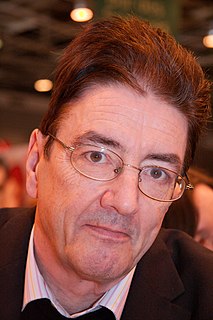
Graham Masterton is a British horror author. Originally editor of Mayfair and the British edition of Penthouse, Graham Masterton's first novel The Manitou was released in 1976. This novel was adapted in 1978 for the film The Manitou. Further works garnered critical acclaim, including a Special Edgar Award by the Mystery Writers of America for Charnel House and a Silver Medal by the West Coast Review of Books for Tengu. He is also the only non-French winner of the prestigious Prix Julia Verlanger for his novel Family Portrait, an imaginative reworking of the Oscar Wilde novel The Picture of Dorian Gray. Masterton was also the editor of Scare Care, a horror anthology published for the benefit of abused children in Europe and the U.S.

Paul Huson is a British-born author and artist currently living in the United States. In addition to writing several books about occultism and witchcraft he has worked extensively in the film and television industries.
Project Ragna Rok is a fictional plan from Mike Mignola's Hellboy comics.
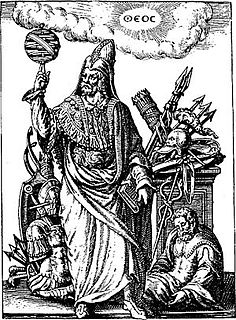
Hermetic Qabalah is a Western esoteric tradition involving mysticism and the occult. It is the underlying philosophy and framework for magical societies such as the Golden Dawn, Thelemic orders, mystical-religious societies such as the Builders of the Adytum and the Fellowship of the Rosy Cross, and is a precursor to the Neopagan, Wiccan and New Age movements. The Hermetic Qabalah is the basis for Qliphothic Qabala as studied by left hand path orders, such as the Typhonian Order.
Cecil Williamson was a British screenwriter, editor and film director and influential English Neopagan Warlock. He was the founder of both the Witchcraft Research Center which was a part of MI6's war against Nazi Germany, and the Museum of Witchcraft. He was a friend of both Gerald Gardner, who was the founder of Wicca, and also of the notorious occultist Aleister Crowley.
The Secret Intelligence Service (SIS), commonly known as MI6, is the foreign intelligence service of the United Kingdom, tasked mainly with the covert overseas collection and analysis of human intelligence (HUMINT) in support of the UK's national security. SIS is a member of the country's intelligence community and its Chief is directly accountable to the Secretary of State for Foreign and Commonwealth Affairs.













